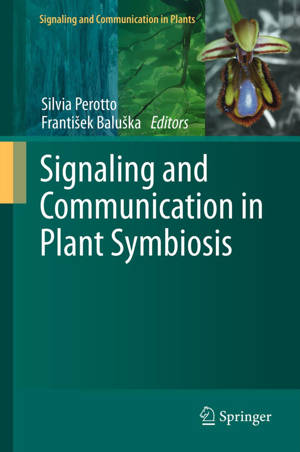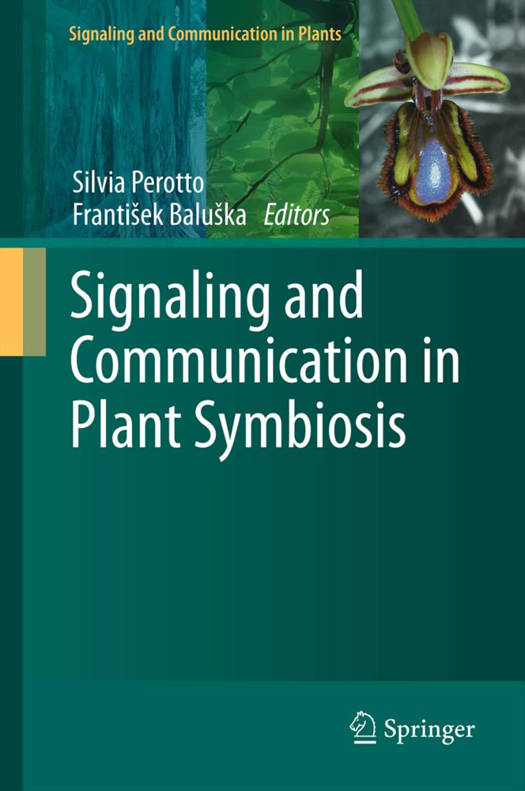
- Afhalen na 1 uur in een winkel met voorraad
- Gratis thuislevering in België vanaf € 30
- Ruim aanbod met 7 miljoen producten
- Afhalen na 1 uur in een winkel met voorraad
- Gratis thuislevering in België vanaf € 30
- Ruim aanbod met 7 miljoen producten
Zoeken
Signaling and Communication in Plant Symbiosis
€ 245,45
+ 490 punten
Omschrijving
A multiplicity of biotrophic micro-organisms interact with plants in nature, forming symbiotic relationships that range from mutualism to antagonism. Microorganisms that have adopted biotrophy as a lifestyle are able to colonize the plant and often to cross the plant cell boundaries by forming intracellular structures that are the site of nutrient uptake/exchange. To establish themselves within plant tissues, both mutualistic and pathogenic biotrophs need to overcome the plant defense response through an exchange of molecular signals. Our knowledge of the nature of these signals and their function in the interaction has rapidly increased over the last few years. This volume focuses on the genetic, molecular and cellular components involved in the communication between partners of well-known symbioses, but also reports on the advances for less studied systems.
Specificaties
Betrokkenen
- Uitgeverij:
Inhoud
- Aantal bladzijden:
- 262
- Taal:
- Engels
- Reeks:
- Reeksnummer:
- nr. 11
Eigenschappen
- Productcode (EAN):
- 9783642270895
- Verschijningsdatum:
- 27/11/2013
- Uitvoering:
- Paperback
- Formaat:
- Trade paperback (VS)
- Afmetingen:
- 156 mm x 234 mm
- Gewicht:
- 385 g

Alleen bij Standaard Boekhandel
+ 490 punten op je klantenkaart van Standaard Boekhandel
Beoordelingen
We publiceren alleen reviews die voldoen aan de voorwaarden voor reviews. Bekijk onze voorwaarden voor reviews.










